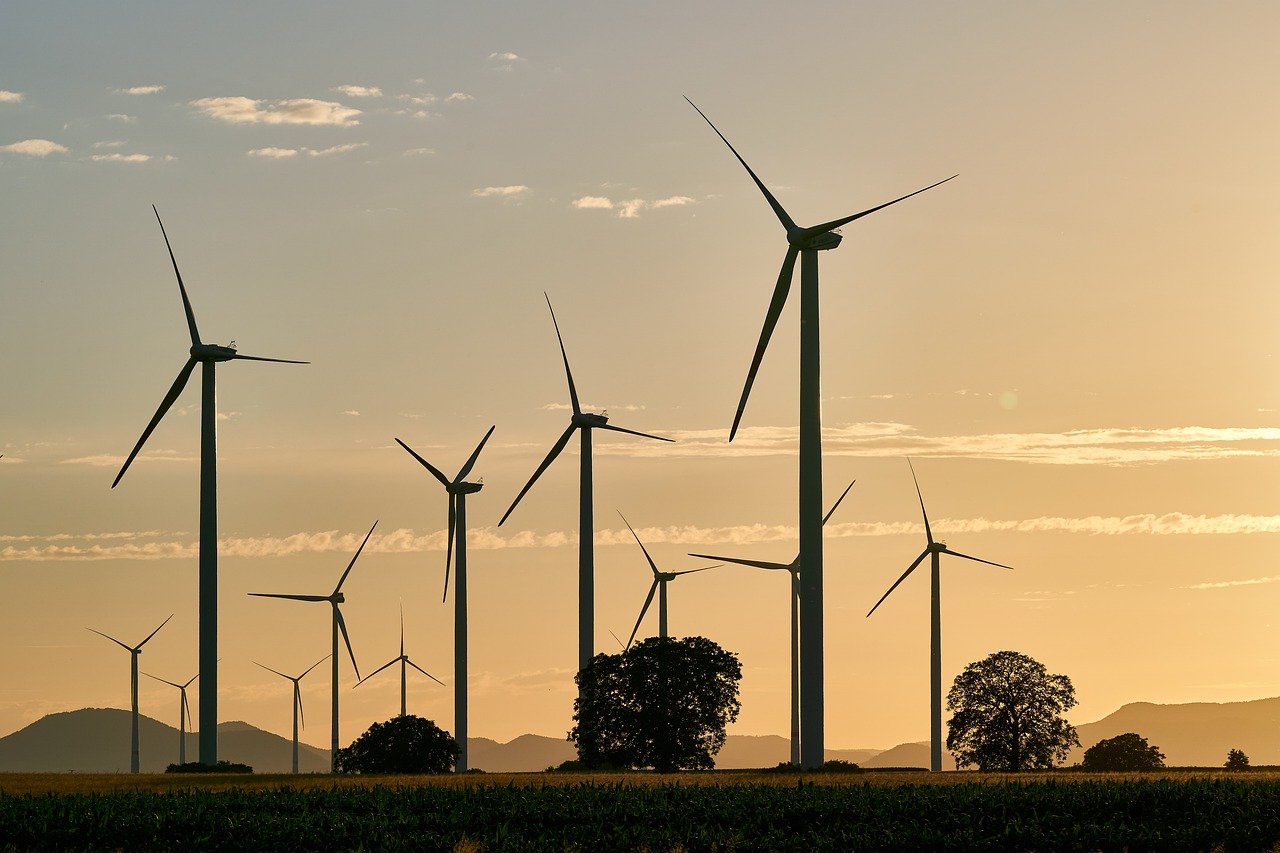The renewable market is growing significantly. And companies such as powerful allies are at the forefront in offering the best renewable sources for businesses and schools.
That said, there’re various trends in renewable energy procurement. And this is what we discuss in this post.
Let’s delve right in.
- More diverse companies are getting procurement deals
From the onset of clean energy contracts, the renewable energy sector leads the field. And these companies have been inking more deals, spearheading contract models, and negotiating bigger transactions.
Increasingly, more and more companies are joining the bandwagon. And are scooping renewable energy deals.
Notably, companies in heavy industries such as heavy machinery and steel are beginning to embrace renewable energy. And the number is growing each year.
The fact that heavy emitters are resorting to renewable energy is major. And having industrial movers in this will steer the growth more.
- Companies are relying on grid decarbonization and not just clean energy deployment.
Most corporate buyers are looking to do more than rely on additional clean energy. And are looking to ensure it is decarbonization in the power system.
And this is a shift in thinking, from project outputs to outcomes.
For that reason, buyers are using varying strategies to optimize decarbonization. And that includes considering new location deployments. A solar power purchase agreement will have better emission reduction than one in the clean service industry.
Decarbonizing efforts have led to the ruse of procurement deals. And that includes energy storage. Besides, powering that trend is a cheaper energy strategy.
Adding storage to renewable energy projects allows for deeper decarbonization, firms our resources, add resilience, and helps provide energy when production stops.
As energy storage costs continue to decrease, companies are working towards getting more value from their clean energy procurement strategies.
- Businesses are embracing the human impact of clean energy procurement
As structures and more contract models emerge, corporations get to use a better and more sophisticated criterion when signing long-term deals.
The strategic lens can get used for assessing upstream projects, such as energy company’s labor practices and solar panels manufacturers’ material sourcing.
That ensures renewable energy deployment and creates well-paying opportunities that support equity, diversity, and inclusion.
With the help of community-focused NGOs, corporate energy buyers help energy developers and service providers with the options they would like available in the future. Through offering these, new buyers will most likely prioritize. And a vicious cycle is born.
- Stimulus plans
The latest pandemic recovery plans will increase renewable energy generation and reduce greenhouse emissions worldwide.
And governments across the globe have spent trillions of dollars to rescue businesses and stabilize entire economies.
Rather than returning to the status quo, countries can rely on the stimulus plans to boost renewable energy sources, phase out environmentally harmful industries, increase renewable energy generation, and protect ecosystems.
Policymakers have the chance to support the renewable energy industry in crucial ways amidst tough times.
When you reduce the way you consume energy, it offers a good opportunity for job creation through, for instance, the renovation of buildings.
- Energy storage
Wind turbines and solar panels generate energy depending on the prevailing weather conditions. For this reason, there’s a surge in energy production that does not always correspond to energy demand, and that generated from renewable sources must get stored in batteries.
Traditionally, poor storage options and insufficient storage capacity have limited renewable energy potential. And this is potentially expensive.
Besides, newer forms of storage emerge. And that includes flow batteries that have a longer lifespan than the standard lithium-ion batteries.



 Bitcoin
Bitcoin  Ethereum
Ethereum  Tether
Tether  XRP
XRP  Solana
Solana  USDC
USDC  Cardano
Cardano  TRON
TRON  Lido Staked Ether
Lido Staked Ether  Avalanche
Avalanche  Toncoin
Toncoin